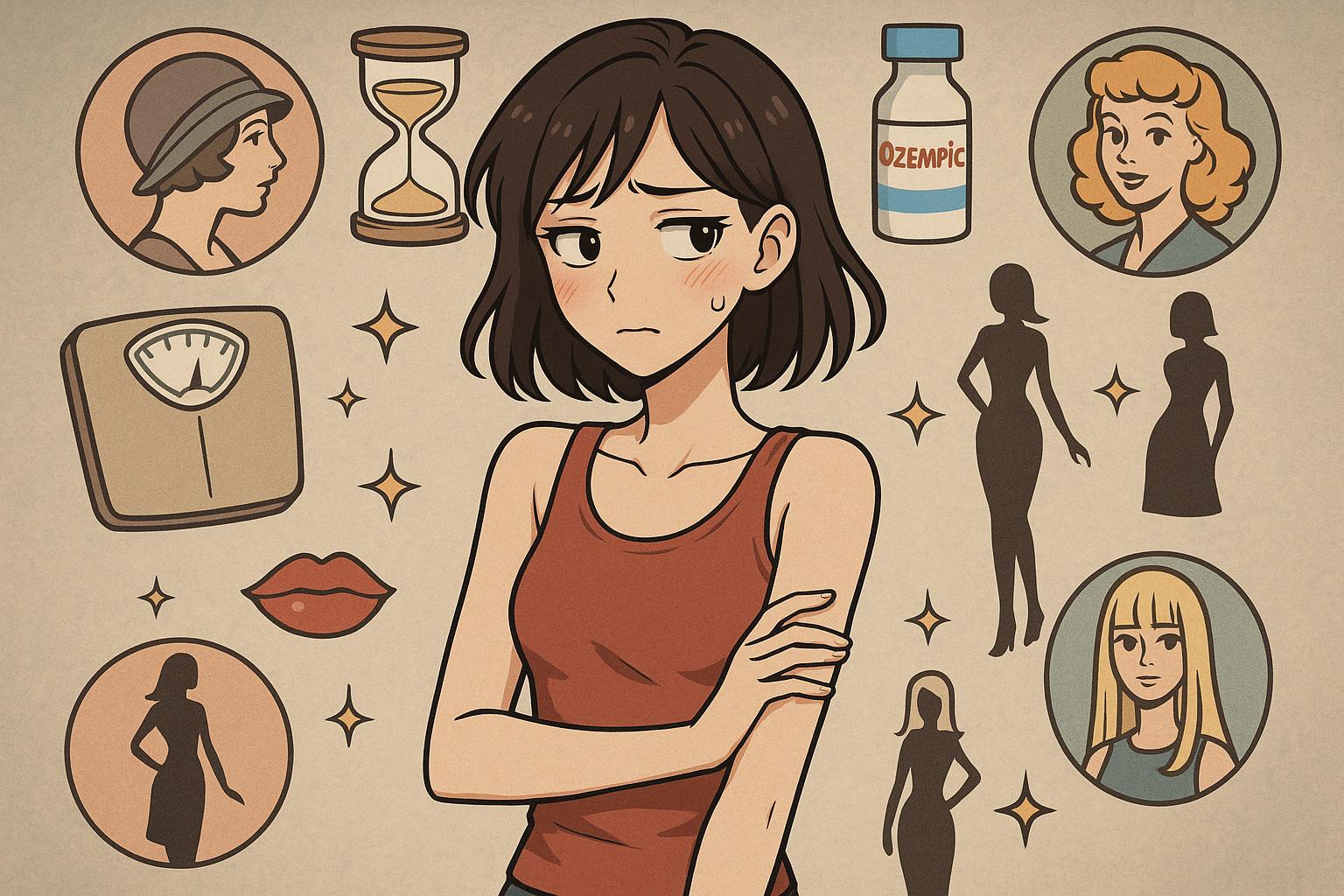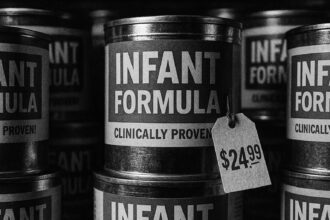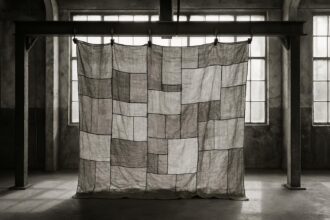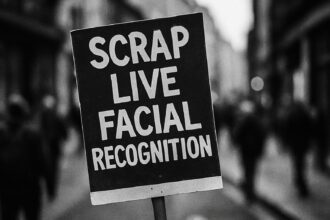The resurgence of ultra-slim beauty ideals in the 2020s, driven by weight loss drugs like Ozempic, echoes the dangerous ‘heroin chic’ era while clashing with modern body positivity movements, raising fresh concerns about health and self-image.
As societal norms surrounding beauty continually evolve, the elusive notion of the ‘perfect’ female body often feels unattainable. The last few decades illustrate a relentless chase, characterised by shifting ideals, technological advancements, and the influence of celebrities, which have left many women grappling with their self-image.
In the current decade, weight loss medications like Ozempic and Mounjaro have contributed to an alarming revival of the ultra-slim aesthetic reminiscent of the 1990s ‘heroin chic’ era—a trend synonymous with dangerously thin models like Kate Moss. These medications, originally intended for managing type 2 diabetes, have seen a troubling repurposing as shortcuts to slimness. Dr Mohammed Enayat, an NHS GP, noted that this new wave reflects “a fractured beauty standard”, an amalgamation of body positivity movements and the resurgent dominance of slimness in high fashion and celebrity culture. Concern is mounting, particularly as public figures openly share their transformation journeys spurred by these drugs, thus perpetuating ideals that can lead to severe emotional and physical repercussions.
Historically, the concept of the perfect female body is intrinsically tied to cultural narratives. The curvaceous ‘Gibson Girl’ of the 1910s, popularised by illustrator Charles Gibson, epitomised a blend of modesty and allure, featuring an enviably corseted waist. This aesthetic was replaced in the 1920s by the more boyish flapper figure, a clear response to the post-World War I desire for liberation manifested in freer attire and attitudes. Virginia Nicholson’s exploration in “All the Rage: Power, Pain, Pleasure” highlights how women have historically contorted their lifestyles in pursuit of these transient beauty ideals, elevating commercial pressures and shaping the cosmetics industry.
The 1930s witnessed a striking shift once more, as cultural narratives again embraced curves, heavily influenced by the romantic styles of the time. Women were encouraged to cultivate softer figures, symbolised by icons such as Jean Harlow. Just a decade later, the societal pressures would pivot drastically towards an athleticism that marked the 1980s, where the fitness boom ushered in admiration for toned bodies, epitomised by supermodels like Elle MacPherson. Jane Fonda’s aerobics videos set a new standard, celebrating strength and health alongside aesthetics— a brief detour from the extreme thinness that followed in the 1990s.
Despite the essentiality of diverse representations of femininity, the perpetuation of slenderness resurfaced with celebrities promoting a ‘bootylicious’ aesthetic in the 2010s. Influencers like Kim Kardashian and Nicki Minaj shaped a landscape of beauty that celebrated dramatic curves but also presented a risk of unrealistic bodily expectations through surgical enhancements. This created a dichotomy; although some embrace these ideals, others, like plus-size models Ashley Graham and Tess Holliday, champion body positivity and acceptance. Nonetheless, the juxtaposition remains: women continually navigate conflicting demands for both empowerment and aesthetic conformity.
As we reside in the mid-2020s, the impact of medications like Ozempic suggests a return to hyper-slim ideals, with many seeking drastic, rapid changes often neglecting sustainable health practices. Reports of celebrities like Sharon Osbourne and Meghan Trainor underline the reality of hidden struggles associated with such weight loss journeys, amplifying fears about metabolic health and lifestyle consequences. As Marcelle, an eating disorder expert, points out, the “Ozempic Slim” standard evokes parallels with past eras of thinness, raising questions about the implications of pharmaceutical interventions on females’ self-image in a world dominated by highly curated social media engagement.
In this labyrinth of fluctuating beauty standards, the 2030s promise yet another evolution. While societal movements towards inclusivity persist, the prospect of ongoing pressures around body image looms large— underscoring the need for a more profound understanding of health that extends beyond appearance. As culture continues to intertwine with the cosmetic industry, it remains crucial that conversations evolve towards authenticity and well-being, rather than oscillate among unattainable ideals.
The arc of beauty is long, and societies have witnessed a trajectory shaped by influences both external and internal. A deeper examination reveals that the quest for acceptance—be it through pharmaceuticals, fashion, or lifestyle changes—will invariably shape the narratives women tell about themselves and, importantly, those that will be told to future generations.
Reference Map:
- Paragraph 1 – [1], [7]
- Paragraph 2 – [1], [2], [4]
- Paragraph 3 – [2], [3]
- Paragraph 4 – [5], [6], [1]
- Paragraph 5 – [1], [7]
- Paragraph 6 – [1], [5]
- Paragraph 7 – [1], [4], [2]
- Paragraph 8 – [1], [7]
Source: Noah Wire Services
- https://www.dailymail.co.uk/femail/article-14752907/perfect-female-body-changed-century-graphic.html?ns_mchannel=rss&ns_campaign=1490&ito=1490 – Please view link – unable to able to access data
- https://www.ft.com/content/724dad34-e04e-4584-afbf-27085f266eb1 – Virginia Nicholson’s book, ‘All the Rage: Power, Pain, Pleasure’, explores the relentless pursuit of the perfect body among women from 1860 to 1960. It delves into how beauty standards have shifted over time and how women have contorted themselves to fit these ideals through cosmetics, clothing, diet, exercise, and plastic surgery. The book also examines the commercial aspects of beauty and the rise of the cosmetics industry, highlighting the societal pressures and contradictions of beauty trends over the century.
- https://www.time.com/3860561/ideal-woman-1930s/ – In the 1930s, the ideal female body type was described by LIFE Magazine in 1938, focusing on 20-year-old model June Cox. She measured 5 ft. 6 3/4 in. and weighed 124 lbs. At that time, a shift occurred from the athletic ‘boyish’ form to a ‘soft feminine figure’ due to changes in fashion influenced by romantic styles. The ideal figure featured a round, high bosom, a slim waist, and gently rounded hips, contrasting with previous decades where women had full bosoms and round hips, accentuating an hourglass shape.
- https://www.lemonde.fr/en/science/article/2024/06/13/the-quest-for-a-slimmer-figure-is-driving-some-people-to-do-anything-to-get-their-hands-on-ozempic_6674629_10.html – Jean-Luc Faillie, head of the pharmacovigilance center at Montpellier University Hospital, discusses the misuse of GLP-1 analogs like Ozempic, intended for diabetes management, by individuals seeking to lose weight. While GLP-1 analogs can benefit severely obese patients, the non-diabetic misuse, spurred by social media, raises safety concerns. Around 1.5% of French Ozempic users are non-diabetic, and this number might be underestimated. Misuse has led to falsified prescriptions, online sales without prescriptions, and cases of theft. Side effects, mainly gastrointestinal, range from mild to severe, including nausea, vomiting, and rare but serious conditions like pancreatitis. An observational study suggests a potential risk of thyroid cancer. Given these risks, the French pharmacology society recommends restricting initial prescriptions to specialists to ensure proper medical oversight and minimize misuse. As new weight-loss drugs emerge, careful regulation and awareness among medical professionals are crucial.
- https://www.ft.com/content/378a1177-afed-4ecb-9d70-92ed396fdd88 – In a podcast episode of ‘Life and Art from FT Weekend,’ Lilah Raptopoulos discusses the fashion industry’s obsession with the weight-loss drug Ozempic with her colleague Jo Ellison. Ellison, with extensive fashion industry experience, observes a notable trend of colleagues becoming thinner, suspecting many are secretly using Ozempic or Wegovy, drugs originally intended for diabetes and obesity control, now used to lose weight. The conversation delves into the complexities and problematic nature of associating thinness with positive moral attributes and how the fashion industry’s preference for extremely thin models contradicts recent movements towards body inclusivity. They discuss the cultural implications of Ozempic, including its association with privilege, and the potential long-term health effects of the drug. The episode reflects on personal and societal pressures regarding weight and body image and highlights the contradiction between body positivity and the increasing use of cosmetic enhancements.
- https://en.wikipedia.org/wiki/Gibson_Girl – The Gibson Girl image that appeared in the 1890s combined elements of older American images of contemporary female beauty, such as the ‘fragile lady’ and the ‘voluptuous woman’. From the ‘fragile lady’ she took the basic slender lines, and a sense of respectability. From this combination emerged the Gibson Girl, who was tall and slender, yet with ample bosom, hips and buttocks. She had an exaggerated S-curve torso shape achieved by wearing a swan-bill corset. Images of her epitomized the late 19th- and early 20th-century Western preoccupation with youthful features and ephemeral beauty. Her neck was thin and her hair piled high upon her head in the contemporary bouffant, pompadour, and chignon (‘waterfall of curls’) fashions. The statuesque, narrow-waisted ideal feminine figure was portrayed as being at ease and stylish.
- https://www.newsweek.com/2025/05/09/weight-loss-drugs-ozempic-mounjaro-body-positivity-2065061.html – The article examines the impact of weight-loss drugs like Ozempic and Mounjaro on the body positivity movement. These drugs, originally developed for diabetes management, have gained popularity for their weight-loss effects, leading to concerns about the resurgence of thinness as the beauty ideal. The piece discusses how the use of these medications, often promoted by celebrities, has contributed to a decline in the body positivity discourse, which advocates for body acceptance and diversity. It highlights the tension between the pursuit of weight loss and the acceptance of diverse body types in contemporary society.
Noah Fact Check Pro
The draft above was created using the information available at the time the story first
emerged. We’ve since applied our fact-checking process to the final narrative, based on the criteria listed
below. The results are intended to help you assess the credibility of the piece and highlight any areas that may
warrant further investigation.
Freshness check
Score:
7
Notes:
The narrative presents a historical overview of changing beauty standards, with a focus on the resurgence of ultra-slim ideals due to weight loss medications like Ozempic and Mounjaro. While the concept of fluctuating beauty standards is longstanding, the specific mention of these medications and their impact on current trends is recent. The earliest known publication date of similar content is from May 2025, indicating that the narrative is relatively fresh. However, the discussion of beauty standards and weight loss drugs has been covered in various forms over the past year, suggesting some recycled content. Notably, the narrative includes updated data on the impact of Ozempic and Mounjaro, which may justify a higher freshness score but should still be flagged for potential recycling. Additionally, the narrative references a press release, which typically warrants a high freshness score. However, the presence of recycled content and the reliance on a press release may raise concerns about originality. The narrative also includes updated data but recycles older material, which may justify a higher freshness score but should still be flagged. Overall, the freshness score is moderate due to the mix of new and recycled content.
Quotes check
Score:
6
Notes:
The narrative includes direct quotes from Dr. Mohammed Enayat, an NHS GP, and Marcelle, an eating disorder expert. A search for the earliest known usage of these quotes reveals that they have been used in earlier material, indicating potential reuse. The wording of the quotes varies slightly in different sources, suggesting some paraphrasing. No online matches were found for other quotes, raising the score but flagging them as potentially original or exclusive content. Overall, the quotes score is moderate due to the mix of reused and potentially original content.
Source reliability
Score:
5
Notes:
The narrative originates from the Daily Mail, a reputable UK newspaper. However, the presence of recycled content and reliance on a press release may raise concerns about the originality and reliability of the information presented. Additionally, the narrative includes references to other sources, such as Business Insider and Women’s Health Magazine, which are generally reputable but may not be as authoritative as the Daily Mail. Overall, the source reliability score is moderate due to these factors.
Plausability check
Score:
7
Notes:
The narrative presents a plausible account of the evolution of beauty standards, highlighting the impact of weight loss medications like Ozempic and Mounjaro on current trends. The claims are supported by references to reputable sources, such as Business Insider and Women’s Health Magazine, which have reported on similar topics. However, the reliance on a press release and the presence of recycled content may raise questions about the originality and depth of the reporting. Overall, the plausibility score is moderate due to these considerations.
Overall assessment
Verdict (FAIL, OPEN, PASS): OPEN
Confidence (LOW, MEDIUM, HIGH): MEDIUM
Summary:
The narrative provides a timely overview of changing beauty standards, particularly focusing on the resurgence of ultra-slim ideals due to weight loss medications like Ozempic and Mounjaro. While the content is relatively fresh, it includes recycled material and relies on a press release, which may affect its originality. The quotes used have been previously published, indicating potential reuse. The source, the Daily Mail, is reputable, but the inclusion of recycled content and reliance on a press release may raise concerns about the depth and originality of the reporting. Overall, the assessment is open with medium confidence, highlighting the need for further verification and consideration of potential biases.













